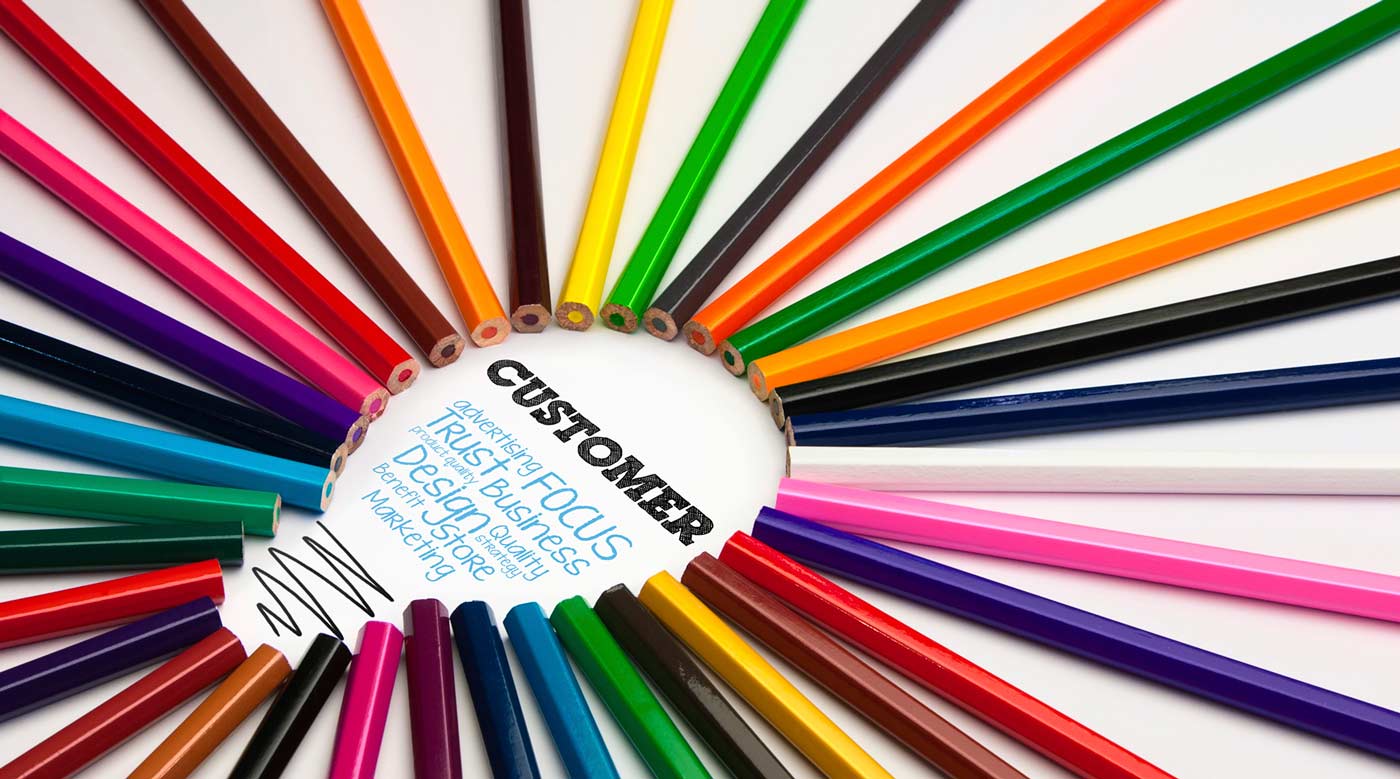Firstly, I went into a chain-restaurant at lunchtime to book a table for Tuesday night. I asked, “There will only be 3 of us but would it be possible to have a larger table, as we might have laptops out?”
The reception I had was frosty to say the least. I understand I was asking to take a table that could make more money, but I’m a regular customer and didn’t expect the abrupt response.
All this was after waiting 5 minutes to be dealt with – although plenty of staff had seen, and ignored me – and no apology for the delay.
Was I wrong to be asking for a little more? Was I wrong to expect a little better customer experience?
Today, I went into an independent sandwich shop where I was acknowledged immediately with a smile and a bright hello, even though both staff were serving others. When it was my turn it was a friendly yet prompt exchange – I was in and out quickly with exactly what I wanted.
I have no doubt that the big retail chains invest heavily in staff training, and they certainly spend big on design to draw customers in. But, in contrast, the sandwich shop has invested in – you’ve guessed it – a simple sandwich board. Is this design thinking that reflects their brand?
Or is the difference training, or even the wider question of culture and employee engagement?
I’ve looked at the numbers on investment in training and subsequent returns. HR Magazine in the US has research that shows investment above $1,500 per employee can increase profits by 24%. Staggering!
You might argue the restaurant was simply following training that focuses them on the value of each cover. I would then argue the case for customer loyalty and life-time value, but that’s not my point today.
I personally think it’s the latter – culture and employee engagement – and it’s not a project or programme that will ever stop.
Of course it’s much harder to control a national workforce and you can’t account for someone simply having a bad day. But as more and more businesses invest in technology to speed up the customer transaction time, it should free up time for better employee engagement, brand culture development and even simply, the person serving.


